33°02’34.1″S 71°37’51.3″W
03.12.2017

“Listening is selecting and interpreting and acting and making decisions.” – Pauline Oliveros
quote source: Friedrich Kittler - The City Is a Medium, New Literary History 27 (4): 717–29. 1996.
33°01’22.9″S 71°38’32.9″W
27.11.2017
3 loudspeakers, microphone, audio recorder
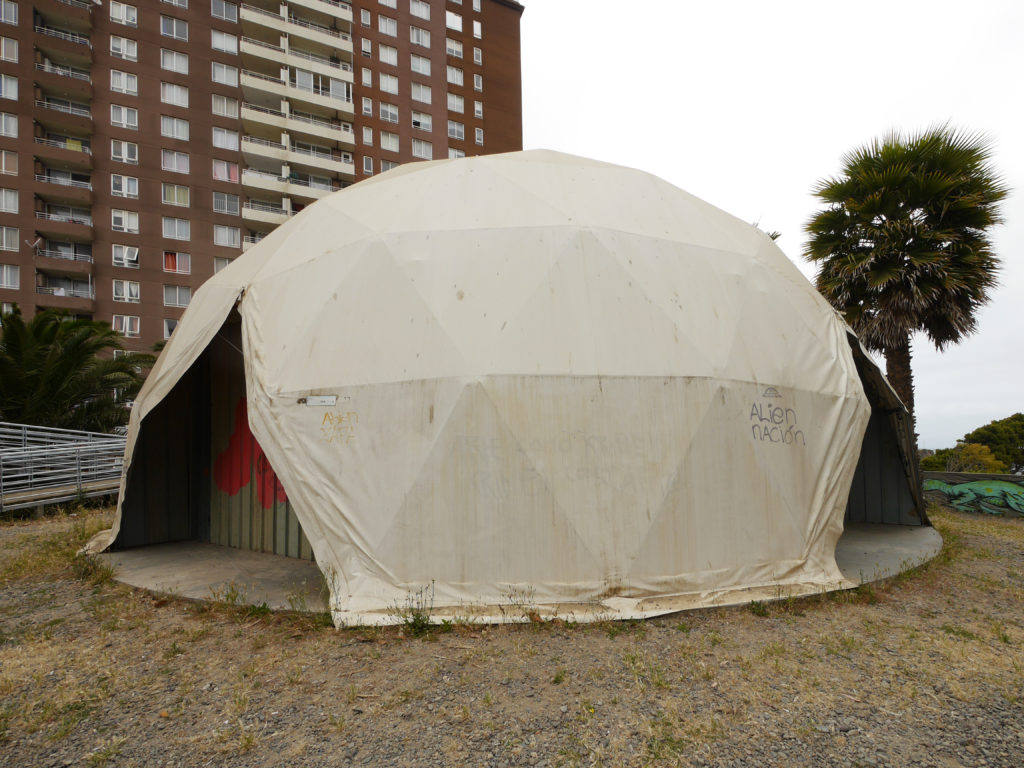
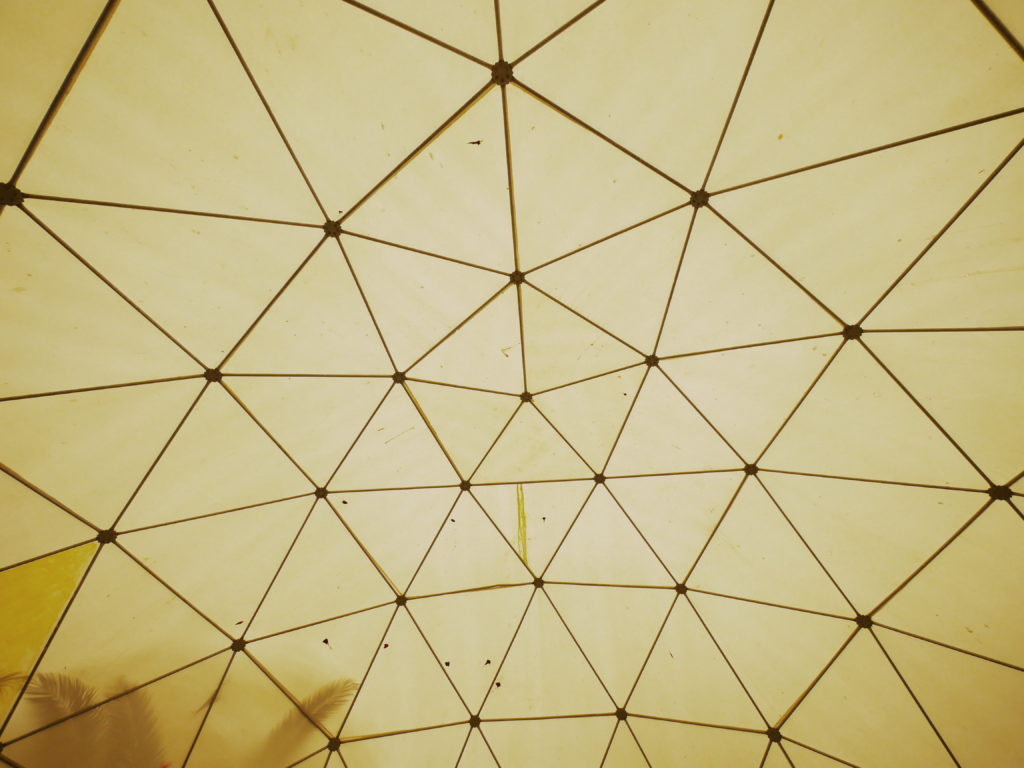

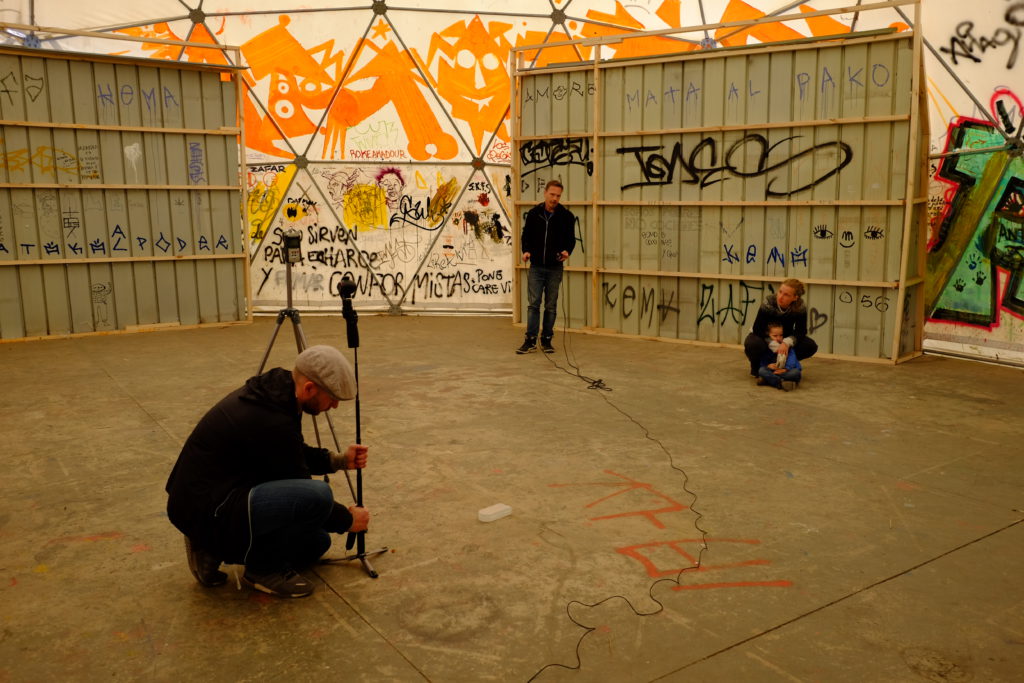
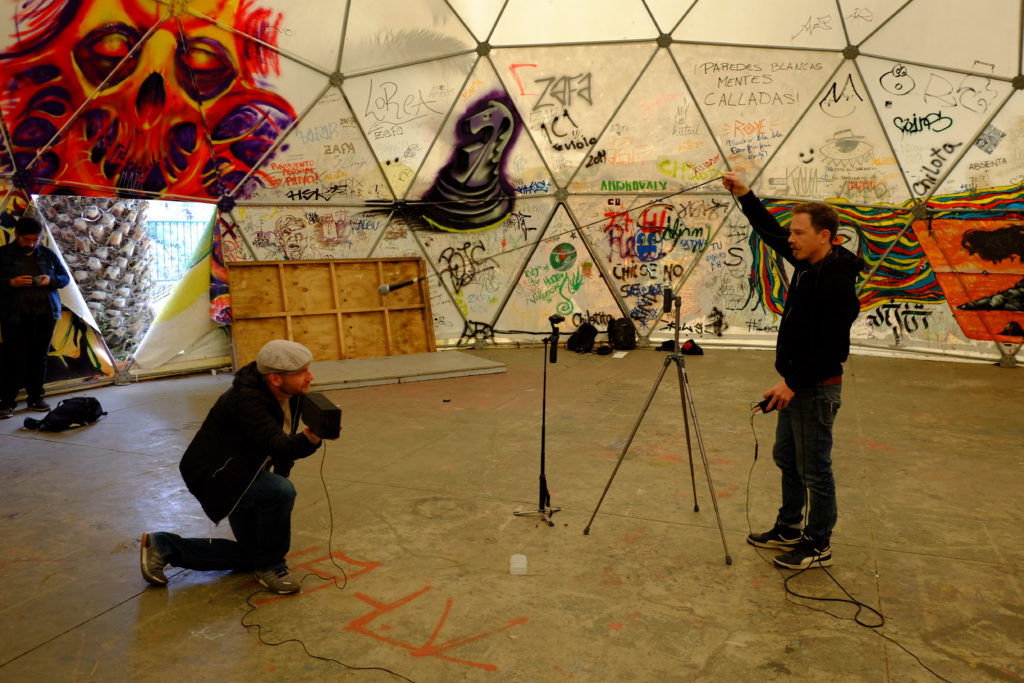
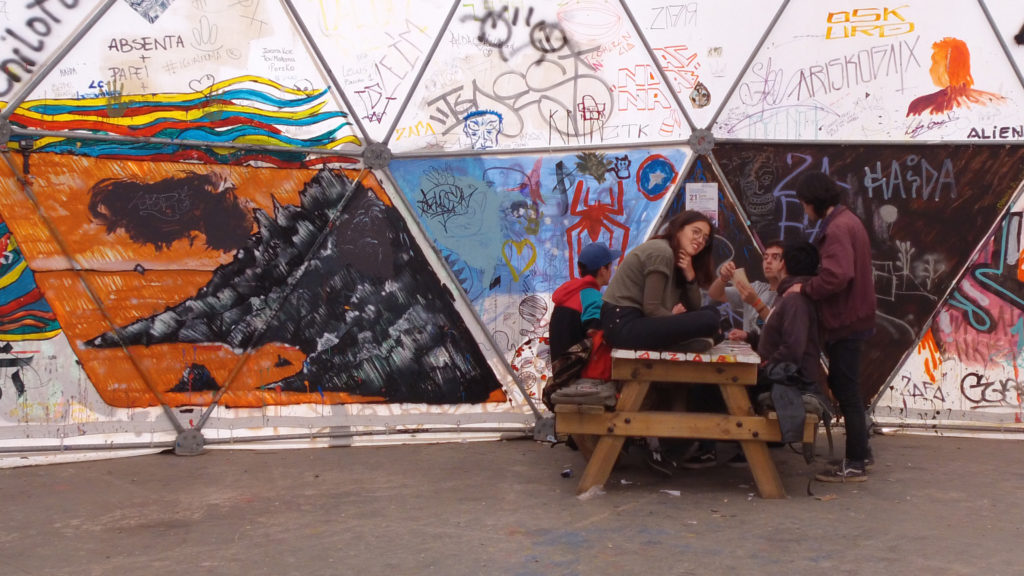
The listener is the operator. Composition, then, beyond the realm of music, calls into question the distinction between worker and consumer, between doing and destroying, a fundamental division of roles in all societies in which usage is defined by a code; to compose is to take pleasure in the instruments, the tools of communication, in use-time and exchange-time as lived and no longer as stockpiled.
quote source: Jacques Attali, Noise: The Political Economy of Music, University Of Minnesota Press, 1985
The sound body, however, resists the property principle. Despite attempts of the market to harness and copyright sound, the sound body refuses to be owned. It inhabits but does not appropriate. It sounds and resounds but cannot be captured. It creates nests that disperse with the wind.
[…]
Can an unmarking of the sound body — that is, a public recognition of its social ubiquity — unweave the indexical threads that tie bodies to property and property to sacred and secular divisions of the same?
Kapcham, Deborah - body in: Keywords In Sound - Durham and London: Duke University Press. 2015
33°02’05.5″S 71°37’57.3″W
24.11.2017

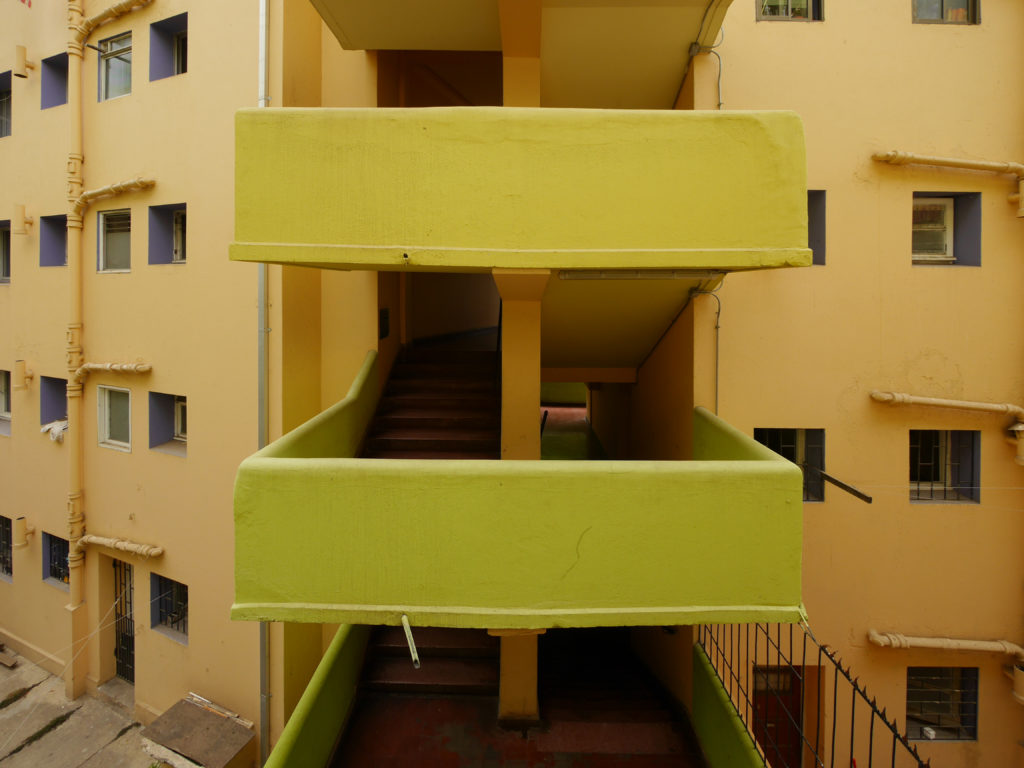

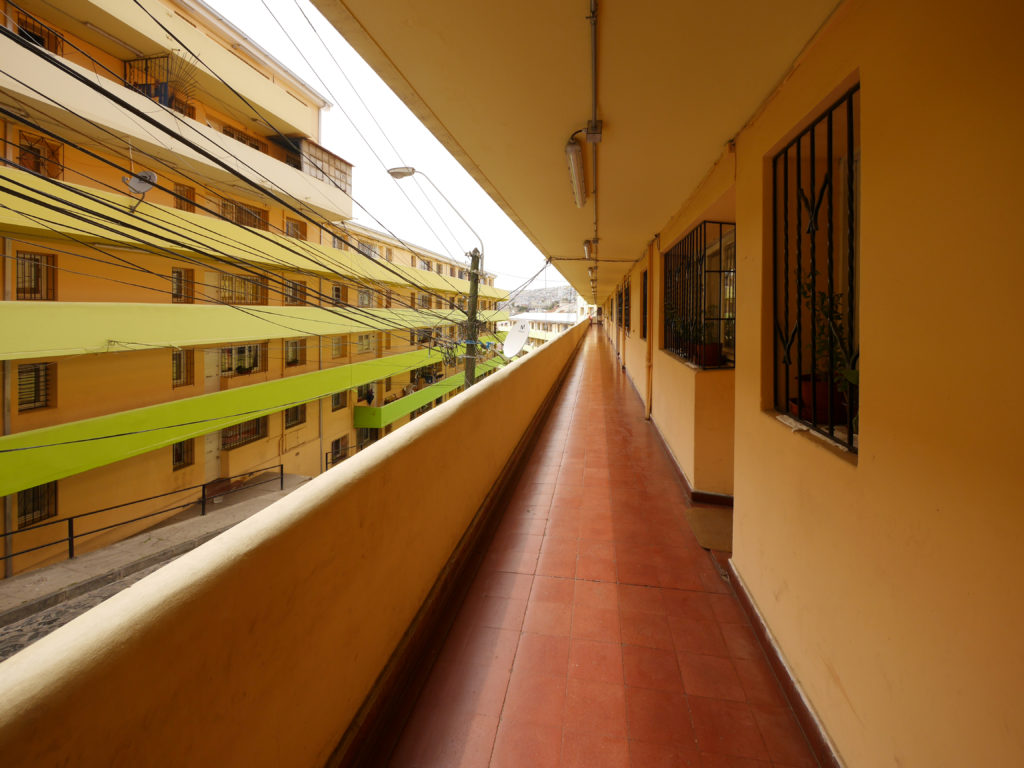
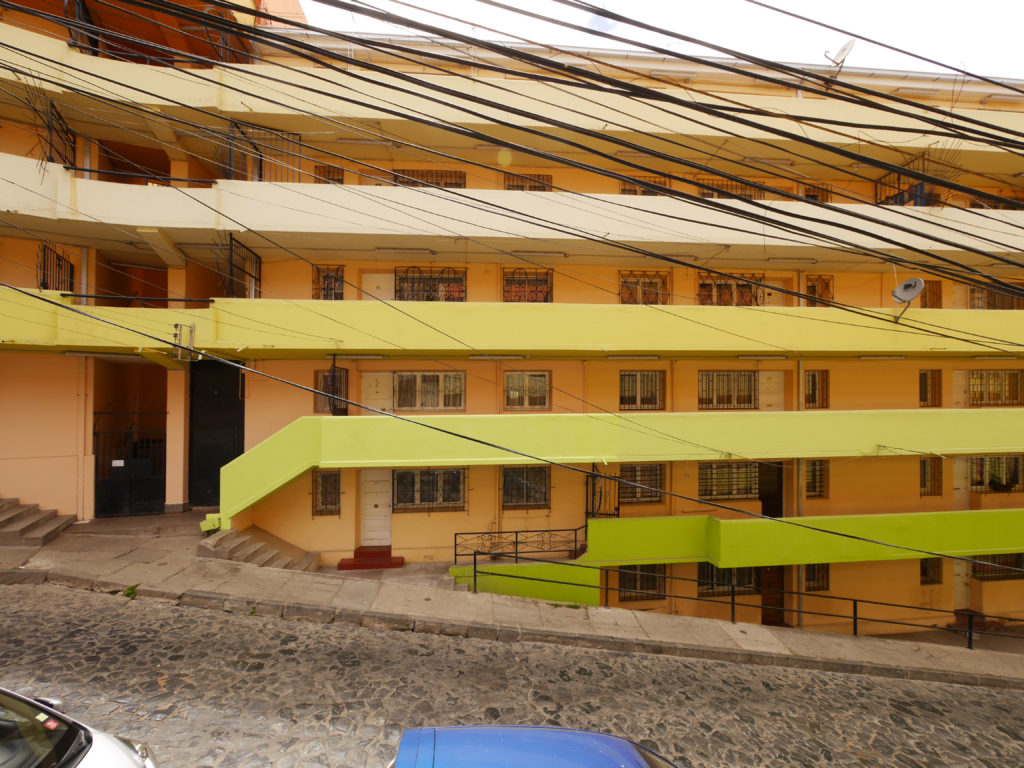
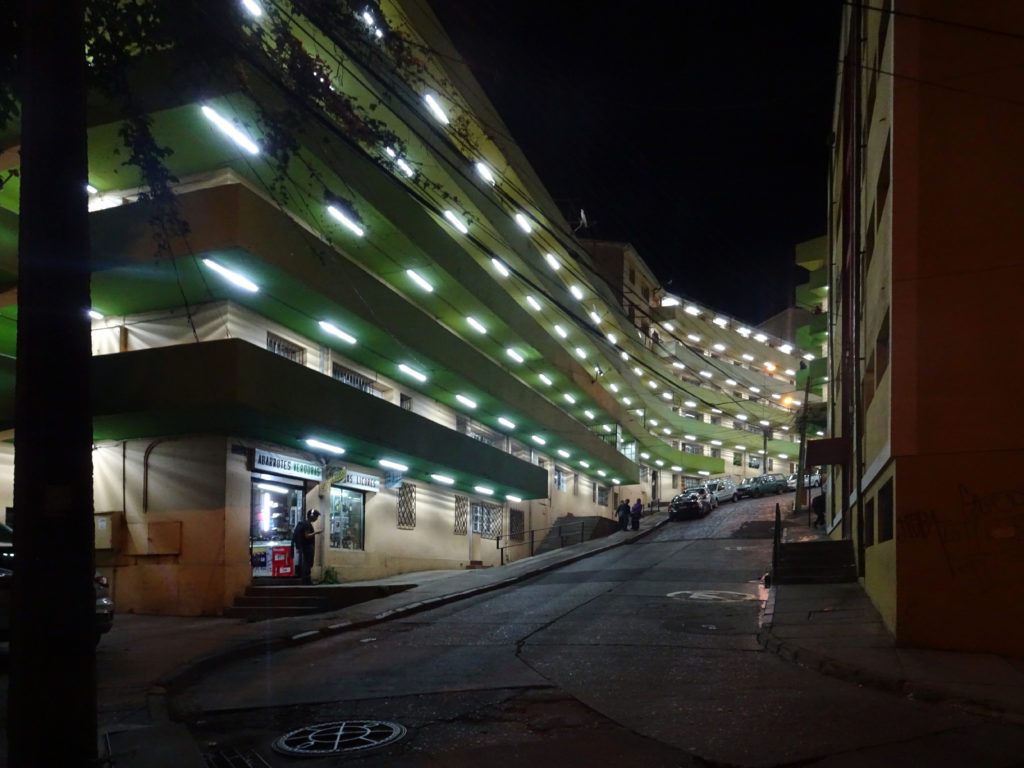
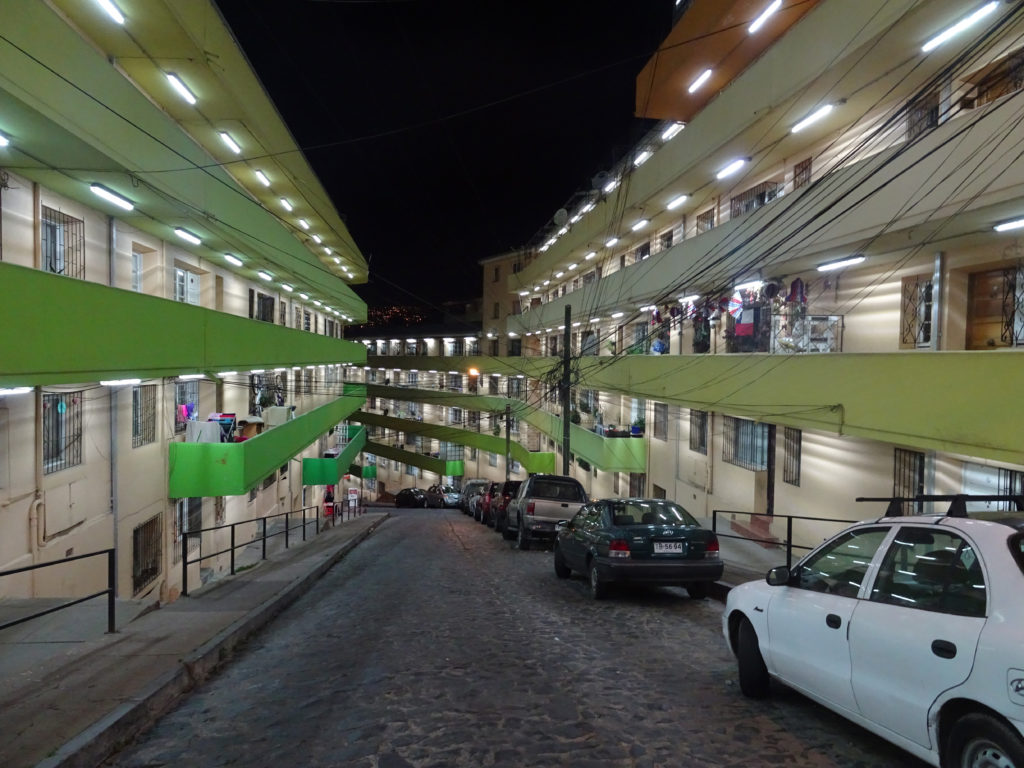

quote source: Susan Bickford - The Dissonance of Democracy: Listening, Conflict & Citizenship, Cornell University Press, 2000
33°02’10.8″S 71°37’54.9″W
24.11.2017
voices, audio recorder
The Parish church known as “La Matriz” was founded 452 years ago at the time the city of Valparaiso, Chile, was just a small cove called Quintil frequented by the Changos, a now extinct aboriginal group of nomadic fishermen.
The original church was built of mud and straw in 1559 by Rodrigo Gonzalez Marmolejo, a Dominican priest who came to Chile as part of the military and religious contingent of conquistador Pedro de Valdivia. Gonzalez’ primary mission was to develop the main Catholic Church in Santiago, the capital of the new Kingdom of Chile.
The legend tells that following the arrival of the Spanish ship to Quintil Cove, the priests brought to land the wood-carved figure of the Christ in Agony, reputedly carved by a skillful Japanese sculptor, which would be the main religious image in the new Cathedral of Santiago. However the wheels of the oxcart carrying the figure got stuck deep in the mud and it was unable to move further. After numerous failed attempts, which included adding several bullock teams, the priests decided to consider this setback as a divine mandate and opted to leave the Christ where it has got stuck. A small chapel built of mud and straw to shelter the image became the first church of Valparaiso and one of the first religious buildings in Chile.

text source: The historic earthquake-ridden ‘La Matriz’ Parish of Valparaíso, http://www.digitaljournal.com/article/309602, 2011
33°02’14.6″S 71°36’09.7″W
22.11.2017